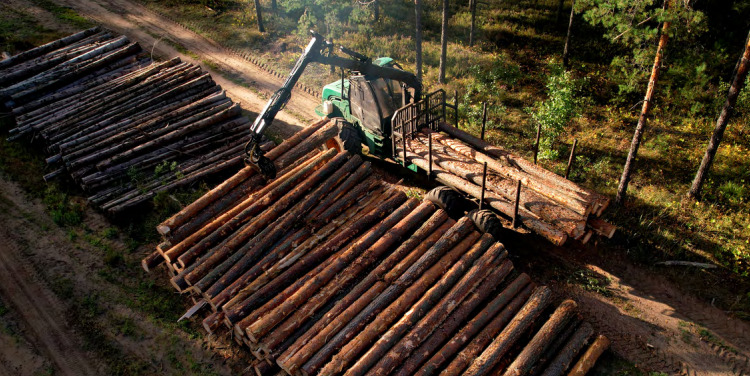Reasons for lifting logging ban and measures to ensure sustainable harvesting and reforestation

In a significant development, the Kenyan government lifted a six-year-old ban on logging in gazetted forests. The move, announced by President William Ruto, aims to economically uplift communities living near these resources. The Kenya Forest Service (KFS) has assured that the harvesting of trees will be carried out systematically, ensuring the sustainable management of forests while benefiting local populations. This decision has been met with mixed reactions, with environmentalists expressing concerns about the timing of the decision. However, the government insists that strict measures have been put in place to protect the environment and promote the growth of the local timber industry.
Impact of lifting the logging ban
Economic opportunities and community welfare: President William Ruto acknowledged the need to open up economically disadvantaged areas that rely on forests. By lifting the logging ban, the government aims to create job opportunities and boost the local timber industry. The decision aligns with the government’s initiative to impose taxes on imported timber products, encouraging the use of local resources and supporting domestic businesses.
Sustainable harvesting and reforestation: To ensure the responsible management of Kenya’s forest resources, the government has implemented measures to only allow the harvesting of mature trees while concurrently replanting new ones. The Kenya Forest Service has established a harvesting plan that limits the felling of trees to a maximum of 5,000 hectares per year. This approach guarantees profitability and sustains investments in forest plantations. Forest areas subjected to harvesting are promptly replanted to maintain the ecological balance.
Streamlined licensing process: The Kenya Forest Service has automated the process of issuing plantation harvesting licenses, streamlining the system through County Forest Conservators. This digitalization improves efficiency, transparency, and accountability in managing forest resources. A comprehensive harvesting security plan has been devised, encompassing access control, supervision, and reporting. Forest Station Managers are required to obtain entry certificates before any forest produce is removed, and upon completion of felling and withdrawal, exit certificates are issued as evidence of compliance.
Inventory reinforces the decision to lift the logging ban: The decision to lift the logging ban was informed by an inventory conducted by a multi-agency task force commissioned by the former Minister for Environment and Forestry, Mr Keriako Tobiko. The inventory, undertaken from 2020 to 2022, revealed many mature and over-mature forest plantations. This finding suggests that if these trees are not harvested, they risk rotting and losing their economic value.
Environmental concerns and response: Despite the government’s intentions, some environmentalists have expressed concerns about the timing of this decision. They argue that logging could have detrimental effects on biodiversity, wildlife habitats, and the delicate balance of ecosystems. However, the government assures the public that the lifting of the logging ban is accompanied by comprehensive measures to mitigate environmental impacts and sustainably manage forest resources.
Kenya’s decision to end the six-year logging embargo in gazetted forests aims to uplift local communities, stimulate economic growth, and create employment opportunities. By implementing strict measures to ensure sustainable harvesting and reforestation, the government aims to strike a balance between economic development and environmental conservation. As the logging activities progress, it will be crucial for all stakeholders to remain vigilant in ensuring responsible forestry practices and safeguarding the long-term health of Kenya’s forests and natural ecosystems.

